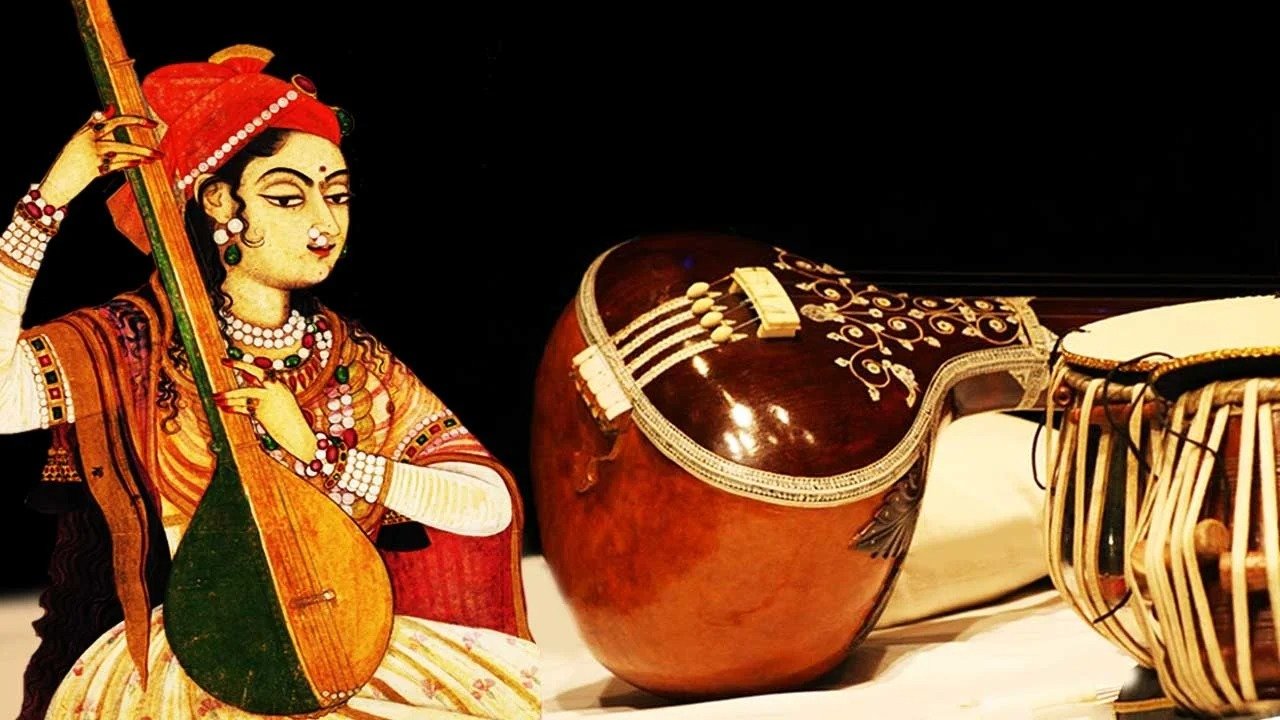Dhrupad and Khayal are the two forms of classical singing that are popular today. Out of them, Dhrupad is certainly older, which took proper shape in the medieval era, replacing the ancient Prabandha. It enjoyed wide popularity till the 17th or early 18th century, after which it gradually declined with the emergence of Khayal, which is a more romantic and entertaining style.
● The nature of Dhrupad music is spiritual. It does not seek to entertain, but to induce feelings of peace and spirituality in the listener.
● It is primarily a form of worship, in which offerings are made to the divine through sound or Nada. Dhrupad was initially sung only in the temples, with the singer facing the Lord. From this early chanting, Dhrupad evolved into a sophisticated classical form of music.
● One significant characteristic of Dhrupad is the emphasis on maintaining the purity of the Raga.
● The language of Dhrupad changed from Sanskrit to Brij Bhasha sometime between the 12th and the 16th century.
● In medieval India, Dhrupad had mainly thrived under the patronage of Mughal and Rajput kings. Later it declined with the shift of interest in Khayal.
● The performance of Dhrupad is done in two parts viz. the Alap and In the Alap, the singer uses syllables from Sanskrit Mantra which add texture to the notes. The Raga is slowly and methodically developed in a meditative mode.
● The speed of Alap increases with the use of an accelerating rhythmic pulse that builds to a point, where the melodic patterns literally dance in space. Bandish is a short poem accompanied by the poem is sung using melodic and rhythmic improvisations. The intricate patterns and improvisations woven by the Pakhawaj player and the singer create a dialogue often playing against or complimenting one another.




Comments In This Topic: